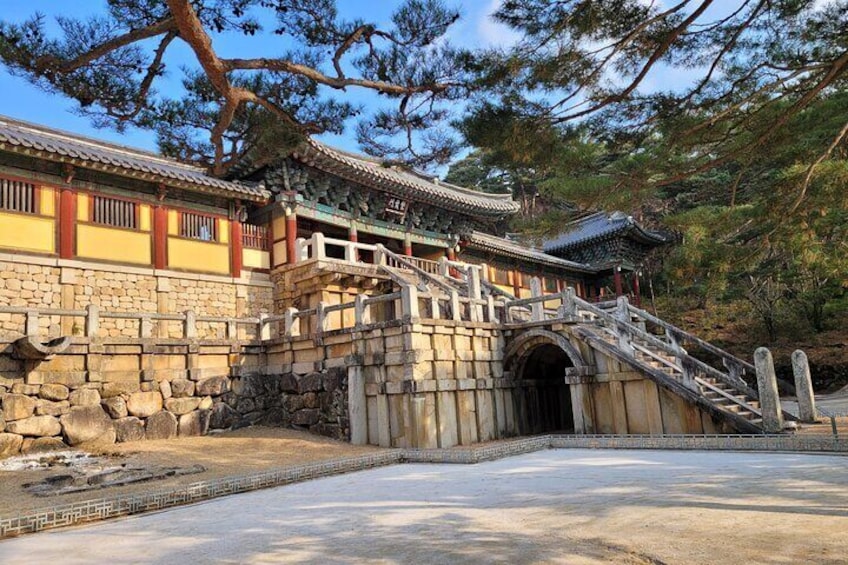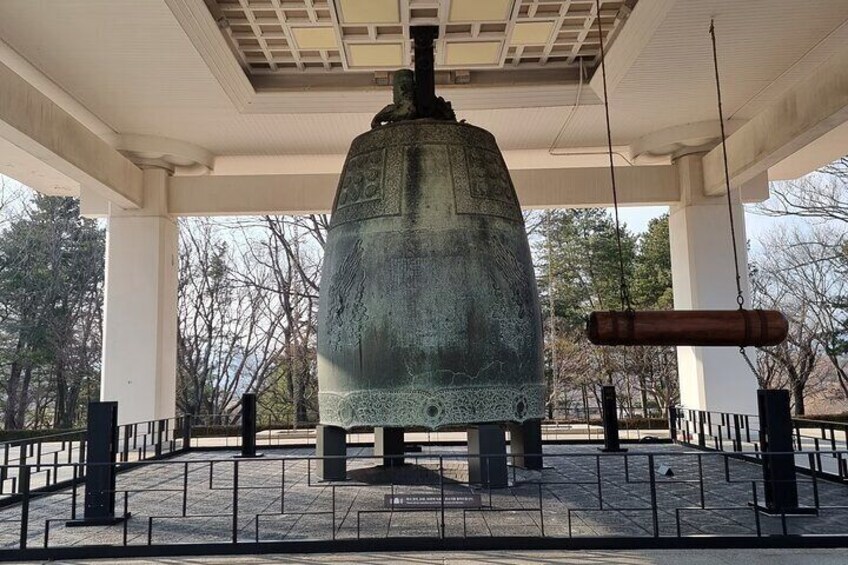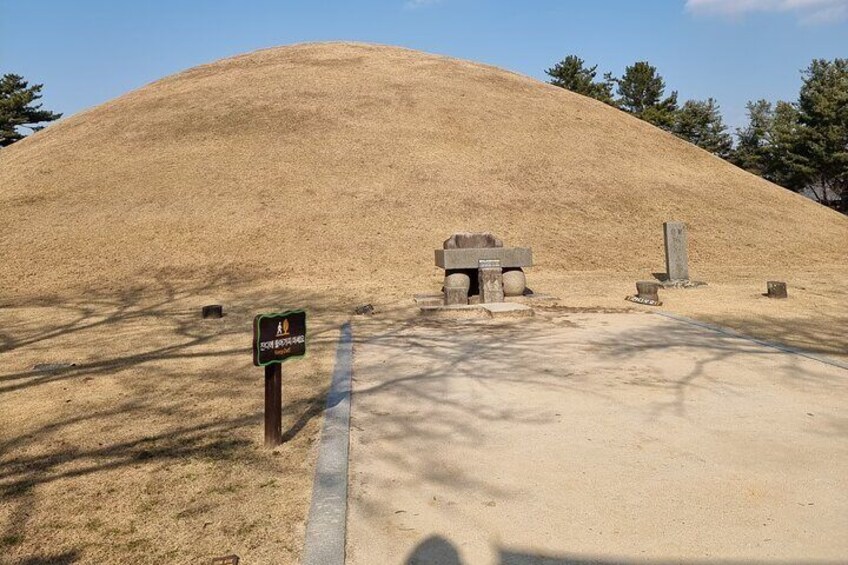




One Day tour to World Heritage GyeongJu from Busan (Upto 5 Pax)
By iCON BUSAN PRIVATE TOUR
Free cancellation available
Features
Overview
Activity location
Meeting/Redemption Point
Check availability
One Day tour to World Heritage GyeongJu from Busan (Upto 5 Pax) in Multilingual
Pickup included
Price details
S$667.51 x 1 TravellerS$667.51
Total
What's included, what's not
Know before you book
- Wheelchair accessible
- Infants and small children can ride in a pram or stroller
- Service animals allowed
- Specialised infant seats are available
- Transport options are wheelchair accessible
- Travellers should have at least a moderate level of physical fitness
Activity itinerary
Location
Activity location
Meeting/Redemption Point
Best Deals on Things to Do
Experience the wonders of the world up close with great deals on things to do near and far. Expedia offers one-of-a-kind activities that allow you to explore Gyeongju your way. Whether you love nature, culture, food or a bit of adventure, we have the perfect activity for you.
Top experiences in Gyeongju
With so many things to do in Gyeongju, planning the perfect day out may seem like a daunting task. Expedia is here to take the hassle out of finding the best attractions, tours and activities in Gyeongju. Families, couples and business travellers can all find the perfect activity in Gyeongju to create life-long memories with the help of Expedia.